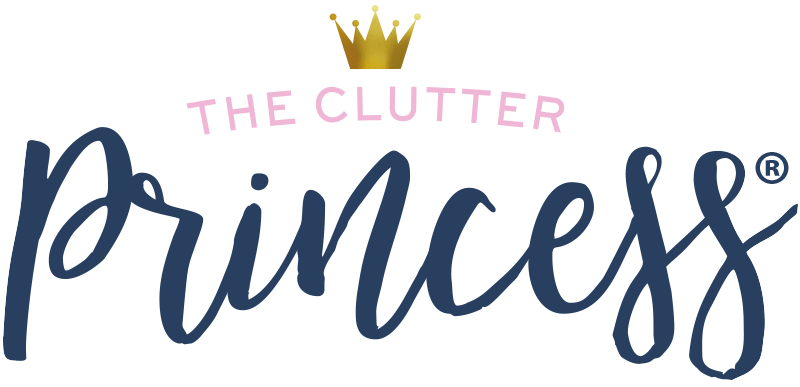I can’t tell you how many times the movie Groundhog Day has sprung to my mind since the pandemic started. By looking at discussions at various times on social media, I wasn’t the only one.
The last year and a half have been a challenge for us all between the pandemic, the social justice movement, the shift to remote work and virtual learning, vaccines, the election, our Texas power grid failure, the losses. You know, just everything. Our collective mental health and resiliency have taken big hits, and it feels like we’re flailing in the dark, waiting for it all to be over.
In an essay for The New York Times, Adam Grant, an organizational psychologist and author, talked about languishing – the feeling of stagnation, emptiness, brain fog, and “psychic malaise” many of us are experiencing. I sent it out to my friends and colleagues, and the article hit a nerve for us all.
Recently at work, Liz Wiseman, author of Multipliers: How the Best Leaders Make Everyone Smarter, talked to us about leading during times of uncertainty and ambiguity. In the dark, we need our leaders not to provide us flashlights but tethers as we navigate the murkiness. Part of languishing and uncertainty is feeling unmoored, untethered.
I was immediately reminded of the stories my mom told about me as a three-year-old wearing harness. Mom had me, my two-year-old sister, and my newborn brother and had her hands full. Apparently, I didn’t mind the harness because I would run to the end of the line and throw myself to hang suspended in air on my tiptoes. When I was done, I would run back and start the whole process again. Over and over again. I did it because I was tethered and safe.
Being tethered can have a negative connotation, but having a tether can be a good thing when we’re feeling uncertain and unsafe. A safe tether anchors us while we explore and figure out a new path.
A recent Harvard Business Review article discusses our brains were not made for so much uncertainty. To counteract languishing and uncertainty and create our own tethers, Grant, Wiseman, and other experts point to things like creating flow, naming our emotions, achieving small wins, and connections with our loved ones.
Name what you’re feeling. Susan David, author of Emotional Agility, talks about the importance of naming your emotions. Naming them helps you deal with them and increases your emotional intelligence as well.
Close your open loops when possible. Think about those things lingering on your to-do list or in the back of your mind. Open loops – those things we’ve left undone – cause stress, much like physical clutter. Closing a loop removes stress.
Create a small win. This goes hand-in-hand with closing open loops. Break large projects into small actions, and your sense of accomplishment grows as you tackle each one.
Practice flow. Grant says in his recent TED talk about languishing and flow that binging a show on Netflix is not a good example of effective flow. Ouch. Damn it. However, activities such as exercise or deep work on a project are great ways to have flow.
Practice focus. Focus creates flow. I tell my clients to practice focusing if they’re not used to it. Set the timer on your phone for 15 minutes to start and work your way up. Research shows our brains can only take 90 minutes of focus at a time before our energy dips. When you’re in a focus block, turn off your email.
Let go of perfection. One belief I’ve practiced for years is “done is perfect,” something taught to me by fellow organizer Donna Smallin. There are times for A+ work, and there are times when A- works just fine. Sometimes things just have to be done.
Spend time on connections with your loved ones. In an uncertain world, we need our connections to tether us when we need certainty. I miss running into my colleagues for a little hallway therapy. As an extrovert, talking and being with people energizes me, and that kind of connection isn’t the same on Zoom. Being tethered at home with remote work and the pandemic, my friends and I have had better conversations in some ways. Granted all of the challenges we’ve been grappling with have created multiple opportunities for bigger conversations.
When those feelings of languishing and uncertainty pop up, tether yourself to a safe place and find your ways to create flow, focus, and connections.
Flailing in the Dark: Anchor Yourself to Counteract Languishing


I had a good chuckle imagining three-year-old Janice hanging in animated suspension at the end of your harness.
Cheers to feeling moored and tethered during the pandemic.